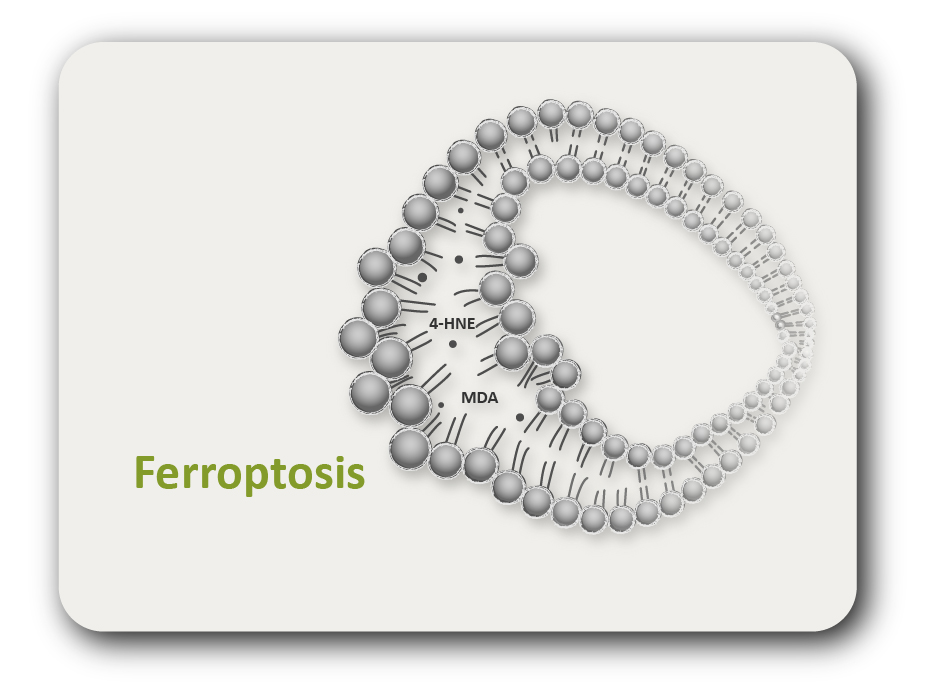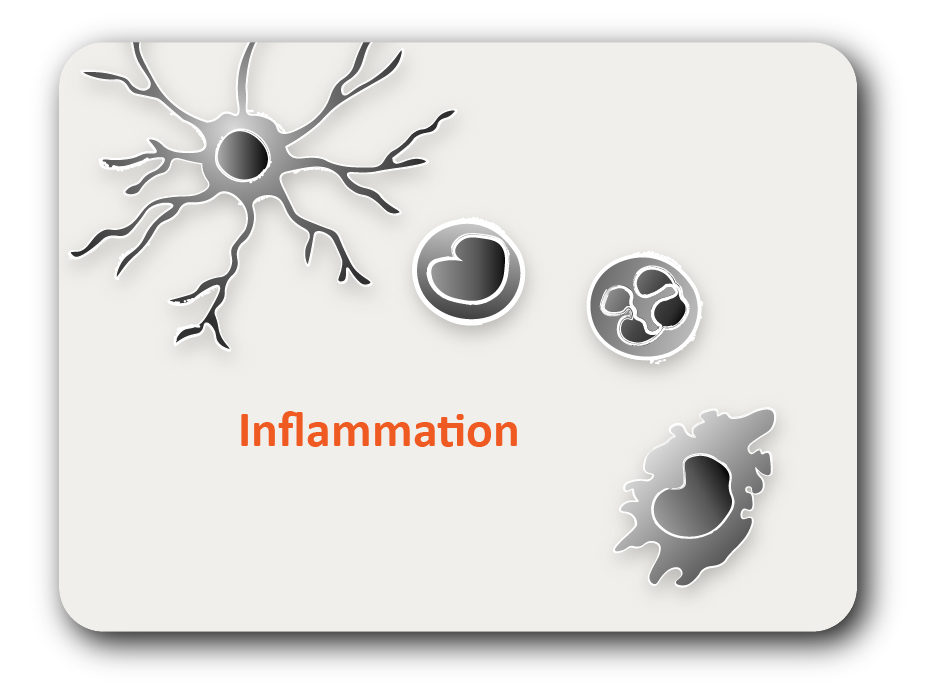ARG53966
anti-MUC1 / EMA antibody [EMA 201]
anti-MUC1 / EMA antibody [EMA 201] for ICC/IF,IHC-Formalin-fixed paraffin-embedded sections and Human
Cancer antibody; Controls and Markers antibody; Signaling Transduction antibody; Epithelial Marker antibody
概述
| 产品描述 | Mouse Monoclonal antibody [EMA 201] recognizes MUC1 / EMA |
|---|---|
| 反应物种 | Hu |
| 应用 | ICC/IF, IHC-P |
| 宿主 | Mouse |
| 克隆 | Monoclonal |
| 克隆号 | EMA 201 |
| 同位型 | IgG1, kappa |
| 靶点名称 | MUC1 / EMA |
| 抗原物种 | Human |
| 抗原 | Human milk fat globule membranes. |
| 抗原表位 | DTRP |
| 偶联标记 | Un-conjugated |
| 別名 | MUC1-NT; EMA; Mucin-1; MAM6; PEM; Peanut-reactive urinary mucin; CD227; MUC-1/SEC; Breast carcinoma-associated antigen DF3; MUC-1/X; Cancer antigen 15-3; H23AG; CD antigen CD227; MCKD; Carcinoma-associated mucin; Polymorphic epithelial mucin; MUC-1; MUC1-alpha; KL-6; Tumor-associated epithelial membrane antigen; MUC1-CT; ADMCKD1; Episialin; PUM; Tumor-associated mucin; PEMT; MCKD1; ADMCKD; MCD; Krebs von den Lungen-6; CA 15-3; MUC1-beta; MUC1/ZD |
应用说明
| 应用说明 | IHC, ICC (frozen or formalin-fixed paraffin-embedded (FFPE) tissue sections, cell smears). IHC diluted at 1: 50-1: 200 for streptavidin~biotin system or polymer system, incubate 30 minutes at room temperature. Biotinylated antibody can be diluted 1: 40-1: 80 for IHC. IF: FITC~conjugated antibodies 10-20 µg/ml (1: 10-1: 20), incubate for 2 hours in the dark at RT or overnight at 4°C. * The dilutions indicate recommended starting dilutions and the optimal dilutions or concentrations should be determined by the scientist. |
|---|---|
| 阳性对照 | Human breast and colon carcinoma tissues |
属性
| 形式 | Liquid |
|---|---|
| 缓冲液 | PBS (pH 7.4), 1% BSA and 0.05% Sodium azide |
| 抗菌剂 | 0.05% Sodium azide |
| 稳定剂 | 1% BSA |
| 浓度 | 0.2 mg/ml |
| 存放说明 | For continuous use, store undiluted antibody at 2-8°C for up to a week. For long-term storage, aliquot and store at -20°C or below. Storage in frost free freezers is not recommended. Avoid repeated freeze/thaw cycles. Suggest spin the vial prior to opening. The antibody solution should be gently mixed before use. |
| 注意事项 | For laboratory research only, not for drug, diagnostic or other use. |
生物信息
| 数据库连接 | |
|---|---|
| 基因名称 | MUC1 |
| 全名 | mucin 1, cell surface associated |
| 背景介绍 | Epithelial membrane antigens are high molecular weight mucin-like glycoprotein. Antibodies to EMA have been shown to be useful as pan-epithelial markers for detection of early metastatic loci of carcinoma in the bone marrow or liver. |
| 生物功能 | The alpha subunit has cell adhesive properties. Can act both as an adhesion and an anti-adhesion protein. May provide a protective layer on epithelial cells against bacterial and enzyme attack. The beta subunit contains a C-terminal domain which is involved in cell signaling, through phosphorylations and protein-protein interactions. Modulates signaling in ERK, SRC and NF-kappa-B pathways. In activated T-cells, influences directly or indirectly the Ras/MAPK pathway. Promotes tumor progression. Regulates TP53-mediated transcription and determines cell fate in the genotoxic stress response. Binds, together with KLF4, the PE21 promoter element of TP53 and represses TP53 activity. [UniProt] |
| 细胞定位 | Cytoplasmic, cell membrane |
| 研究领域 | Cancer antibody; Controls and Markers antibody; Signaling Transduction antibody; Epithelial Marker antibody |
| 预测分子量 | 122 kDa |
| 翻译后修饰 | Highly glycosylated (N- and O-linked carbohydrates and sialic acid). O-glycosylated to a varying degree on serine and threonine residues within each tandem repeat, ranging from mono- to penta-glycosylation. The average density ranges from about 50% in human milk to over 90% in T47D breast cancer cells. Further sialylation occurs during recycling. Membrane-shed glycoproteins from kidney and breast cancer cells have preferentially sialyated core 1 structures, while secreted forms from the same tissues display mainly core 2 structures. The O-glycosylated content is overlapping in both these tissues with terminal fucose and galactose, 2- and 3-linked galactose, 3- and 3,6-linked GalNAc-ol and 4-linked GlcNAc predominating. Differentially O-glycosylated in breast carcinomas with 3,4-linked GlcNAc. N-glycosylation consists of high-mannose, acidic complex-type and hybrid glycans in the secreted form MUC1/SEC, and neutral complex-type in the transmembrane form, MUC1/TM. Proteolytic cleavage in the SEA domain occurs in the endoplasmic reticulum by an autoproteolytic mechanism and requires the full-length SEA domain as well as requiring a Ser, Thr or Cys residue at the P + 1 site. Cleavage at this site also occurs on isoform MUC1/X but not on isoform MUC1/Y. Ectodomain shedding is mediated by ADAM17. Dual palmitoylation on cysteine residues in the CQC motif is required for recycling from endosomes back to the plasma membrane. Phosphorylated on tyrosines and serine residues in the C-terminal. Phosphorylation on tyrosines in the C-terminal increases the nuclear location of MUC1 and beta-catenin. Phosphorylation by PKC delta induces binding of MUC1 to beta-catenin/CTNNB1 and thus decreases the formation of the beta-catenin/E-cadherin complex. Src-mediated phosphorylation inhibits interaction with GSK3B. Src- and EGFR-mediated phosphorylation on Tyr-1229 increases binding to beta-catenin/CTNNB1. GSK3B-mediated phosphorylation on Ser-1227 decreases this interaction but restores the formation of the beta-cadherin/E-cadherin complex. On T-cell receptor activation, phosphorylated by LCK. PDGFR-mediated phosphorylation increases nuclear colocalization of MUC1CT and CTNNB1. The N-terminal sequence has been shown to begin at position 24 or 28. |





